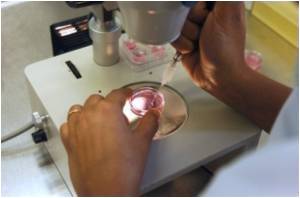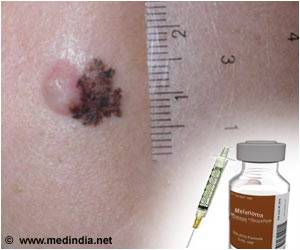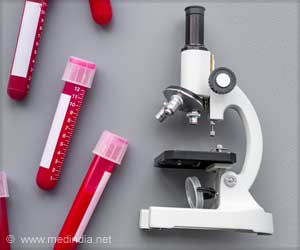
The finding offers a possible explanation for how cells determine when to start dividing, says Sungmin Son, a grad student in Manalis' lab and lead author of the paper. "It's easier for cells to measure their growth rate, because they can do that by measuring how fast something in the cell is produced or degraded, whereas measuring size precisely is hard for cells," Son says.
Manalis, a professor of biological engineering and member of the David H. Koch Institute for Integrative Cancer Research at MIT, is senior author of the paper. Other authors are former MIT grad student Yaochung Weng; Amit Tzur, a former research fellow at HMS; Paul Jorgensen, a former HMS postdoc; Jisoo Kim, a former undergraduate student at MIT; and Marc Kirschner, a professor of systems biology at HMS.
Tracking cells over time
Manalis' original cell-weighing system, known as a suspended microchannel resonator, pumps cells (in fluid) through a microchannel that runs across a tiny silicon cantilever. That cantilever vibrates within a vacuum. When a cell flows through the channel, the frequency of the cantilever's vibration changes, and the cell's buoyant mass can be calculated from that change in frequency.
For the new study, the researchers redesigned their system so that they could trap cells over a much longer period of time. The original system offered limited control over the motion of cells in the channel; cells could be lost or become unviable due to accrued shear stress from frequent passages through the microchannel. Consequently, growth could be monitored for less than 30 minutes.
Advertisement
The new system also measures fluorescent signals from a cell in addition to its mass. Cells are programmed to express fluorescent proteins at various points in the cell cycle, allowing the researchers to link cell cycle information to growth.
Advertisement
Building on the feature of the new system that precisely controls the environmental conditions inside the channel, researchers can also change the conditions very rapidly, allowing them to monitor how cells respond to such disturbances.
"We are now measuring the cell's response on short timescales to various perturbations, such as depleting a particular nutrient or adding a drug," Manalis says. "We believe this could offer new types of information that could not be obtained from conventional proliferation assays."
Source-Eurekalert









